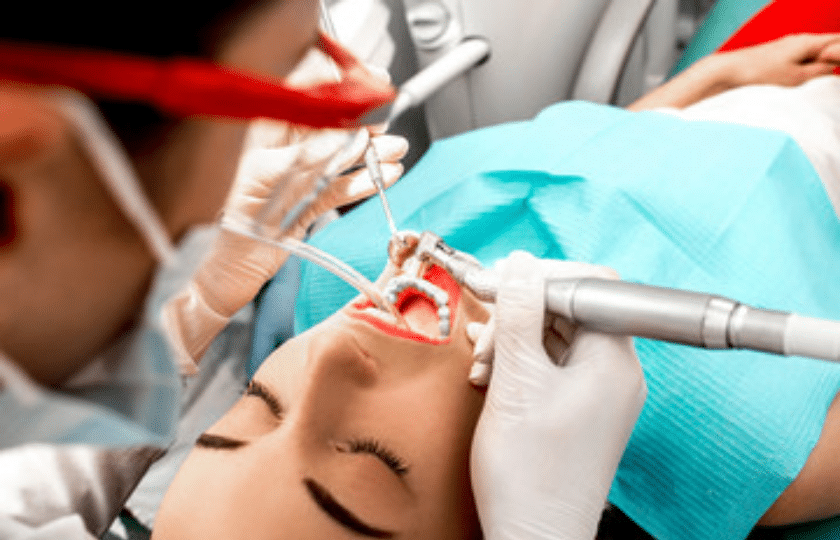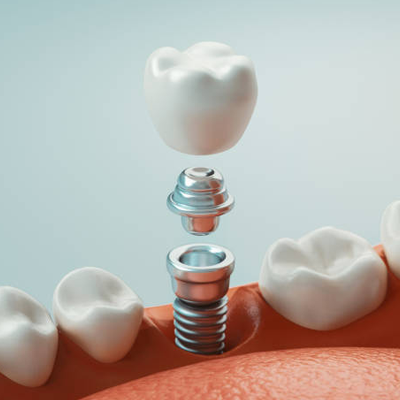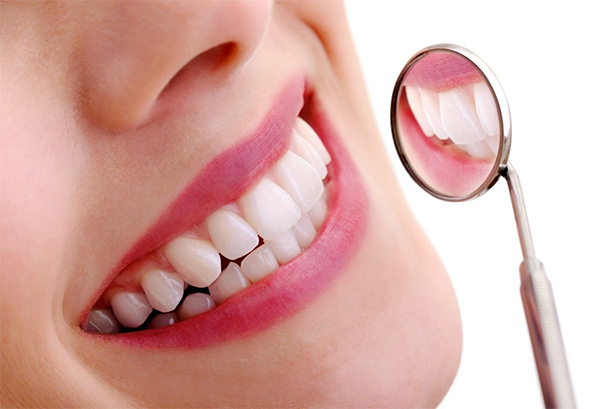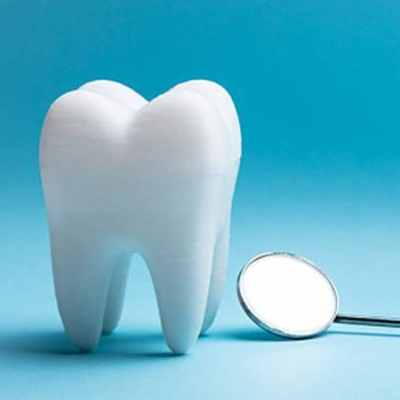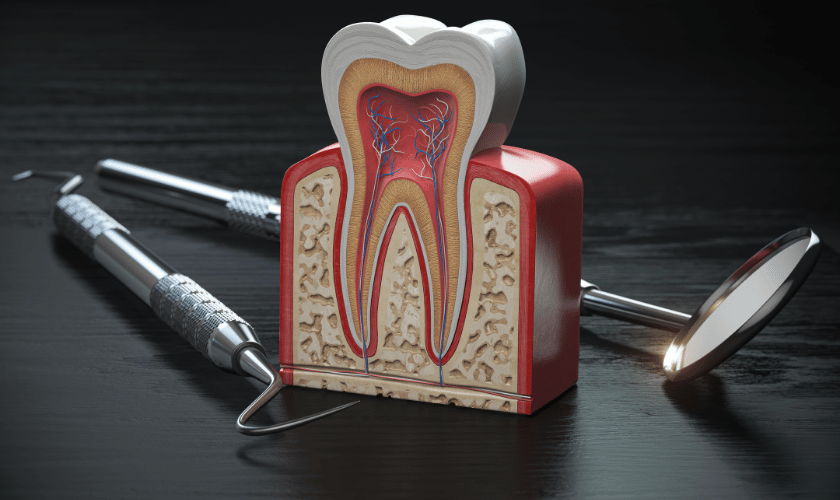
Regaining Oral Health: The Benefits of Bone Grafting in Dentistry
Let’s face it, no one enjoys the idea of a dental procedure, especially if it’s complicated and time-consuming. Bone grafting is one such surgical procedure used in dentistry that can be intimidating to consider. But if you’re looking for ways to restore oral health after losing part of your jawbone due to periodontal disease or tooth loss, then this may be a viable solution. In this article, we will explore the benefits of bone grafting and why it’s an effective method for regaining oral health.
When it comes to maintaining our teeth and gums, we should all be taking steps to prevent any potential damage from occurring. Unfortunately, accidents or illnesses can sometimes render our mouths damaged, leaving us with gaps in our teeth and jawbones. Thankfully, advanced dental procedures such as bone grafting can help restore oral health by recreating lost or damaged bone structures.
What is Bone Grafting?
Bone grafting is a surgical procedure where additional bone material is placed into areas of the mouth where the bone has been lost. It is usually used to stimulate new bone growth where the jawbone has deteriorated due to periodontal disease or tooth loss. The procedure involves taking a small sample of the donor’s bone, typically from another part of your body such as your hipbone, and transplanting it onto the affected area.
Benefits of Bone Grafting
Bone grafting offers a number of benefits for patients looking to restore oral health. Here are some of the key advantages that come with this procedure:
Stabilizing Teeth and Jawbone: One of the most significant benefits of bone grafting is that it can help stabilize any dental implants or bridges, which allows them to be firmly anchored into the jawbone. A strong and stable foundation is essential for any dental restoration, as it helps to prevent long-term problems with the teeth or jawbone.
Improving Facial Appearance: Bone loss in the jaw can lead to a sunken appearance around the mouth, which can affect facial aesthetics. But with bone grafting, the area can be filled in and restored to its former appearance. This helps to improve facial symmetry while also providing long-term stability for dental work.
Preserving Bone Structure: Over time, the jawbone can begin to deteriorate if not maintained properly. By undergoing bone grafting, you can replenish lost bone and preserve the structure of your jaw for the long term. This helps to reduce any additional damage or deterioration, allowing you to enjoy a healthy and attractive smile for many years to come.
Choosing the Right Donor Bone
There are a few different types of donor’s bone available for use in bone grafting. The most commonly used material is autogenous bone, which is harvested from another area of the patient’s body. However, allogenic and xenogenic grafts can also be used if necessary. It’s important to discuss with your dentist or surgeon which type of donor’s bone would be best suited for your particular needs.
Preparing for the Procedure
Before undergoing a bone grafting procedure, you will need to make sure that you have all of the necessary information and materials ready. This includes details on your medical history, any allergies or medications you take, and detailed images of the area to be treated. You should also discuss with your dentist or surgeon any concerns or questions you may have prior to the operation.
Post-Procedure Care
Once the bone grafting procedure is complete, it’s important to take steps to ensure that your recovery goes smoothly. This includes taking any prescribed medications as directed and avoiding strenuous activity for a few days after the procedure. Additionally, you should also practice good oral hygiene to reduce the risk of infection and keep your mouth healthy.
Conclusion
Bone grafting is a highly effective procedure for restoring lost or damaged bones in the jaw, which can help improve both oral health and facial aesthetics. The procedure involves taking donor bone material from another part of the body and transplanting it onto the affected area, which can help to stabilize dental implants and bridges. With proper preparation and post-procedure care, patients can enjoy long-term benefits from this procedure.
Q: How long does it take for a bone graft to heal?
A: The healing process for a bone graft usually takes several months. During this time, the area must be kept clean and monitored for any signs of infection or complications.
Q: What types of donor’s bone can be used in a bone graft?
A: Autogenous bone is the most commonly used type of donor’s bone, but allogenic and xenogenic grafts can also be used if necessary.
Q: Is bone grafting painful?
A: Patients typically experience some discomfort during and after the procedure, but this can usually be managed with medication or other forms of pain relief.


